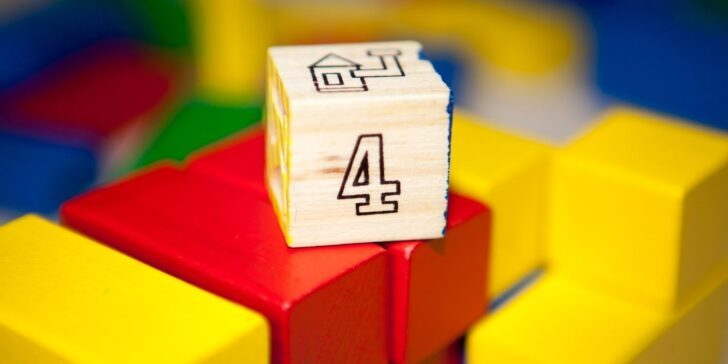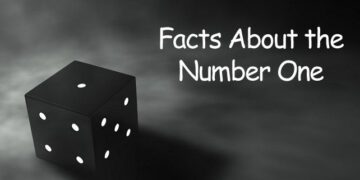Over the ages, people have attributed many facts to numbers.
Numerology, superstition, important dates, and so many other things cling to various numbers, which in some cases gives them great significance!
Today let’s take a look at 10 random facts about the number 4.
The word in English for the number four is one of a kind, as it’s the only number that has the same number of letters as the value of the number itself!
The number four is the smallest composite number. A composite number is a positive number that is the result of multiplying two numbers that are lower than themselves. In this case, two times two gives us the number four.
It’s commonly believed that there are at least four dimensions. The first three are length, width, and depth, which make up physical objects. The fourth dimension, at least according to scientists, is commonly notated as time. If you hold an apple in your hand, that apple has length, width, and depth, which can easily be seen and measured. The apple’s fourth dimension is the time at which you are looking at it.
US President Franklin D. Roosevelt believed that everyone in the world should at least have four basic freedoms. In no particular order, these are Freedom from Want, Freedom of Speech, Freedom from Fear, and Freedom of Religion.
These days computers can store so much information that they work with gigabytes and terabytes of information. At the end of the day, though, computers still deal with millions of tiny amounts of data all the time. The most basic unit of information is known as a bit. Eight bits are known as a byte. Some practical joker was obviously involved in the naming of four bits (half a byte), as it’s known as a nibble!
The chemical element beryllium has the atomic number four. On the periodic table, it joins the other alkaline earth metals in group 2. A rare element, beryllium is a common component in the aerospace industry as it holds its shape in a wide range of temperatures and is incredibly lightweight!
Some of the most common engines used today are known as four-stroke engines. It doesn’t mean you need to stroke them four times to get them to work. Instead, in each of the engine’s cylinders, the piston has to move up or down four times, an action known as a stroke. The first stroke sucks the fuel into the cylinder, the second compresses the fuel, on the third stroke, the compressed fuel is ignited, and finally, the fourth stroke expels the exhaust. This is the process that creates mechanical energy that makes your car move!
The number four is present everywhere in baseball. To start with, there are four bases in the game. If the pitcher makes four mistakes in a row while throwing the ball, known as “balls,” then the batter gets to walk to the first base without actually hitting any balls. Finally, the most number of runs that a batter can score from one hit is four, which is most commonly known as a grand slam. This is possible when all the bases are loaded up with previous batters, and they all make it back to base in one hit.
The number four is considered unlucky in many Asian cultures, including China, Japan, and Korea. This is because the number four, sì, sounds very similar to the word for death, sǐ. Because of this, many buildings in Eastern Asia skip the fourth floor entirely and go from second to fifth!
If you look at any decent map of the world, you will notice that each country will be shaded in one of a select number of colors. If you look at any country, in particular, you’ll notice that the neighboring countries are all colored differently to make it easier to differentiate between them. Back in 1852, a man called Francis Guthrie discovered that the smallest total number of colors required to implement this is just four!
The number four is literally wherever you look, and this makes sense, we suppose, as it’s one of the lowest numbers!
While this may not be an issue for most, I can imagine it truly getting in the way of your life if you’re from Eastern Asia and have a fear of the number four!


















